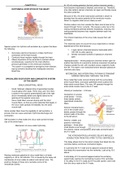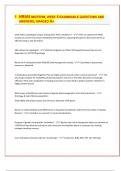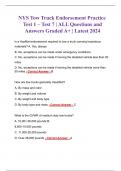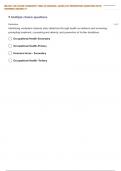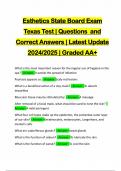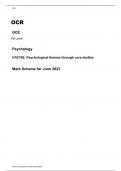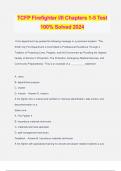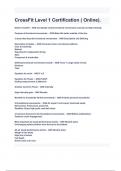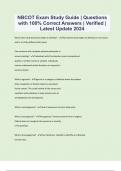Summary
Summary Guyton and Hall Chapter 10 Notes Cardiac Muscle - The Heart as a Pump and Function of the Heart Valves
- Course
- Institution
- Book
This is a condensed summary of the Chapter 10 - Rhythmical Excitation of the Heart from Guyton and Hall Textbook of Medical Physiology. It contains pictures from the book as well. Use these notes to study for your upcoming exam or quiz.
[Show more]
